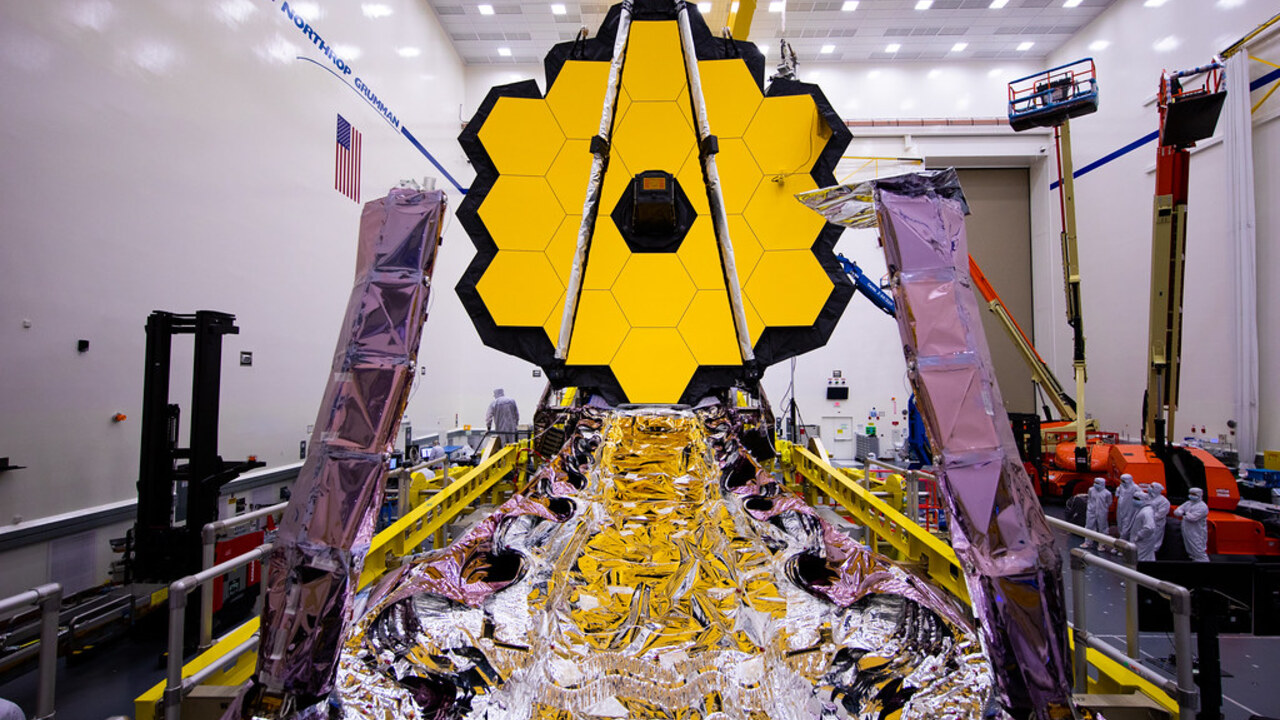In total, NASA showed five photos taken by the equipment of the James Webb telescope. Among them is the nebula in the constellation Carina, or NGC 3324. The image was taken in infrared light and shows, for the first time, never-before-seen regions of star formation:
Next on the list is Stephen’s Quintet, a group of five galaxies located in the Pegasus constellation. Thanks to its extremely high spatial resolution, Webb reveals details never before seen in this group of galaxies:
Also captured was the planetary nebula Southern Ring. In fact, these are expelled outer shells of gas from a Sun-like star. In the center of the nebula are the remains of this star – a white dwarf.
Next, we see the transmission spectrum of the atmosphere of the exoplanet WASP-96b. It orbits a star located 980 light-years from Earth. The spectrum was obtained during the transit of the planet through the disk of this star.
And finally, the most detailed view of part of the universe taken by the Webb telescope:
Source: Ferra











